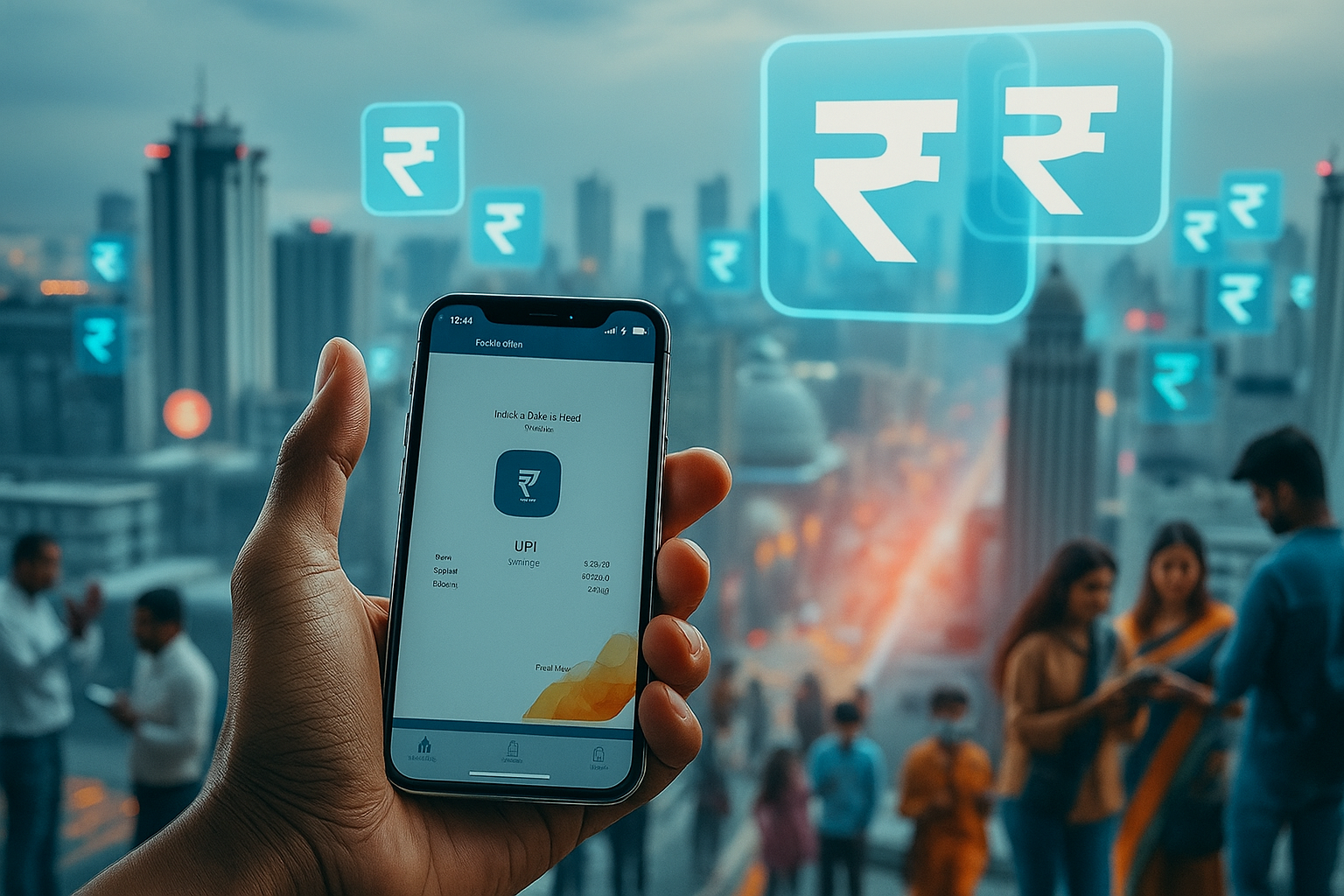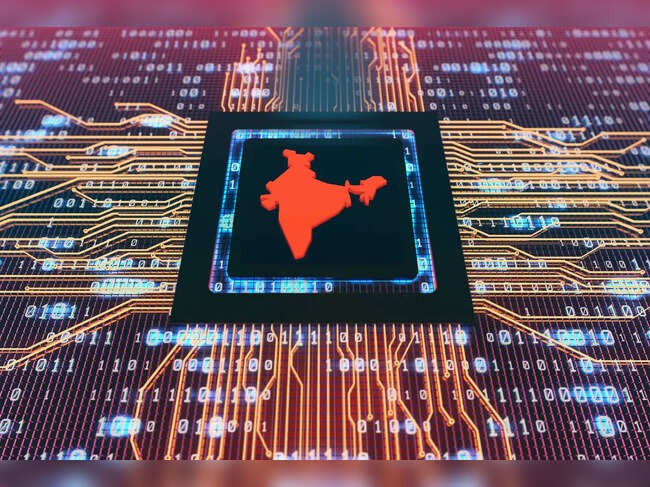



To combat rising digital payment fraud, the Reserve Bank of India is developing the Digital Payment Intelligence Platform (DPIP). This platform will facilitate real-time intelligence sharing between public and private banks to prevent fraudulent transactions. It aims to enhance security in India's growing digital payment ecosystem, including the widely used UPI.

Copyright infringement not intended
Picture Courtesy: ECONOMICTIMES
The Reserve Bank of India (RBI) has proposed the Digital Payment Intelligence Platform (DPIP) to combat online financial fraud.
It aims to create a comprehensive, centralized system for fraud risk management, to move from a reactive, post-fraud detection model to a proactive, preventive one.
By enabling different institutions to share information about suspicious accounts and transactions in real time, the platform aims to stop fraudsters in their tracks before they can cause financial loss.
|
The volume of frauds nearly doubled in a year, from 1.65 crore in 2022-23 to 3.02 crore in 2023-24. The value of these frauds also increased from ₹14,570 crore to ₹30,420 crore in the same period. |
Real-Time Intelligence Sharing => When a bank's system detects a potentially fraudulent transaction, it can flag the details (like the beneficiary account, IP address, or mobile number) on the DPIP. This information becomes instantly available to all other participating institutions.
If another bank receives a transaction request involving a flagged account or entity, its systems can automatically block or delay the transaction, preventing the fraud from succeeding.
Data Aggregation and Analysis => The DPIP will collect and analyze data from various sources within the financial ecosystem. It will use technologies like Artificial Intelligence (AI) and Machine Learning (ML) to identify emerging fraud patterns and potential threats that might not be visible to a single institution.
Collaborative Ecosystem => The platform promotes a collaborative environment where a fraud attempt detected by one bank helps protect the entire network.
|
At present, when a fraud occurs, the information remains largely within the affected bank. Fraudsters can quickly move the stolen funds through multiple accounts in different banks before any action is taken, making recovery nearly impossible. The DPIP aims to close this critical time gap. |
AP Hota Committee => The RBI constituted a committee, chaired by Mr. A. P. Hota, to examine the establishment of this platform. The committee's recommendations form the blueprint for the DPIP.
Reserve Bank Innovation Hub (RBIH) => The RBIH, a subsidiary of the RBI, is tasked with developing the prototype of the platform. It is currently consulting with major public and private sector banks to build and test the system.
Must Read Articles:
Source:
|
PRACTICE QUESTION Q. While digital payments promise empowerment, they also risk deepening the digital divide. Critically analyze. 150 words |









© 2026 iasgyan. All right reserved